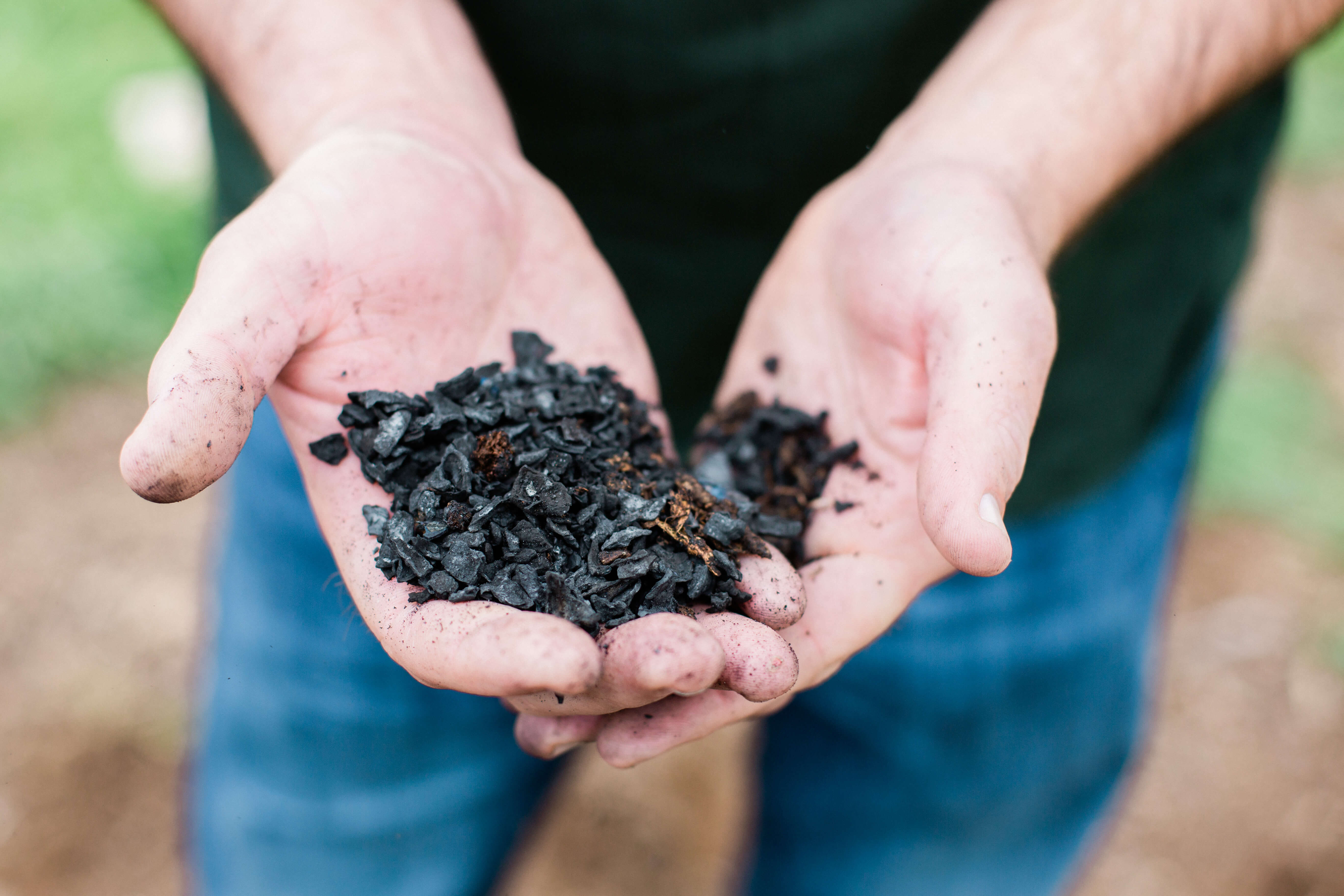Carbo Culture Biochar
Converting forestry and food production residues into biochar, locking the carbon contained in organic matter into a stable, solid form for thousands of years
Carbo Culture takes biomass, or carbon that's been drawn down by plants from the atmosphere, and converts it into an ultra-stable material called biochar. What sets the company apart from other biochar firms is its re-engineering of biochar technology to scale.
Carbo Culture puts special focus on the permanence of the biochar (how long the carbon will be stored on earth), as well as the scalability of the machinery (how easy is it to build thousands of machines). The firm believes that this quality-first focus is the best way to effectively fight climate change.
The woman-led, Finnish-Californian company is currently scaling this biochar technology at their R&D site in California, with an eye on their next big goal: building one of Europe’s largest carbon drawdown facilities, located in Finland. You can pre-purchase carbon credits from this upcoming facility today.
Carbo Culture’s credits have been verified by puro.earth.
Project location
Technology and mechanism
Project certifications
Certifier
Standard
puro.earth
Registry ID
100126
Project registration date
Crediting period term
Current verifier of project outcomes
Eurofinns
Project details












